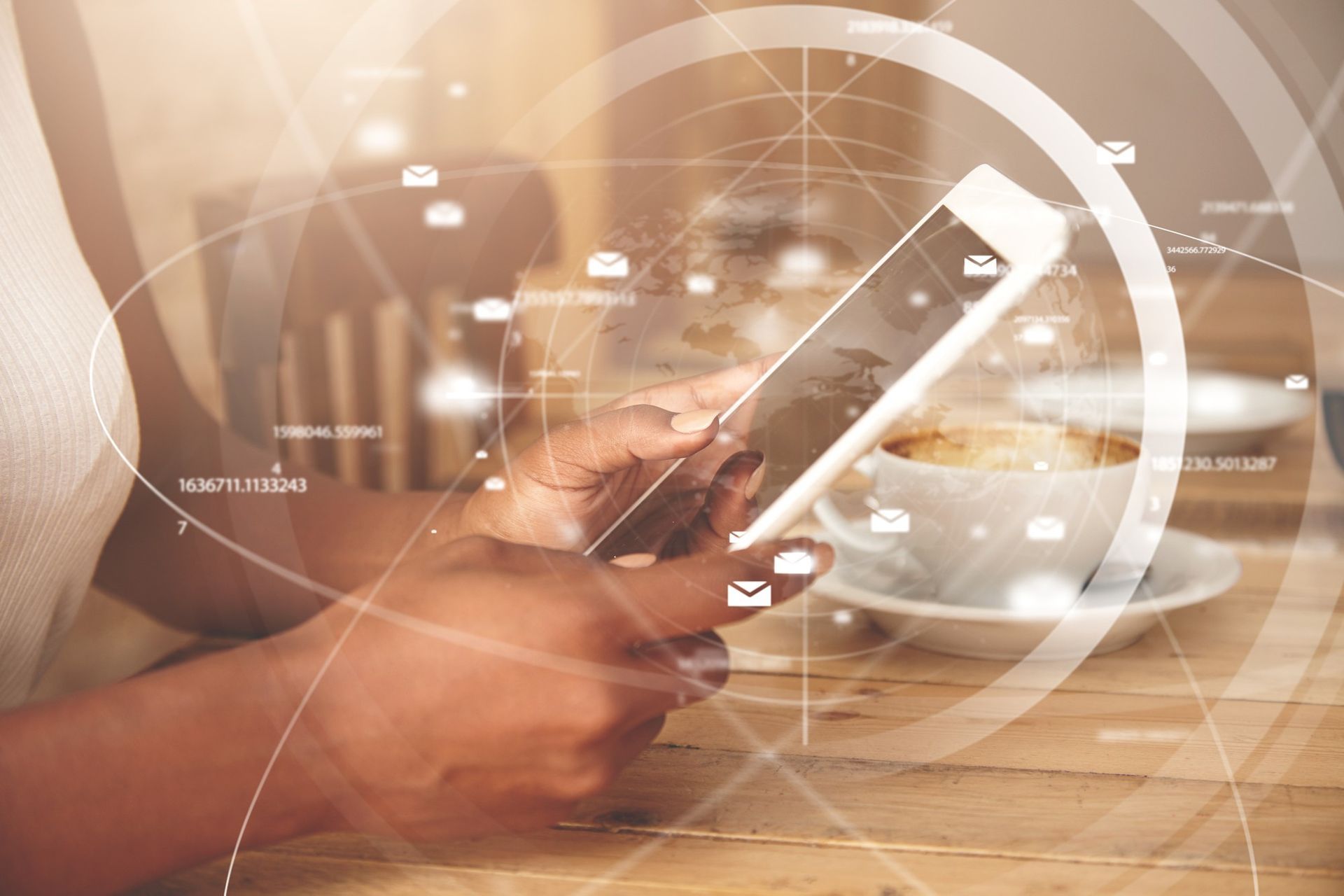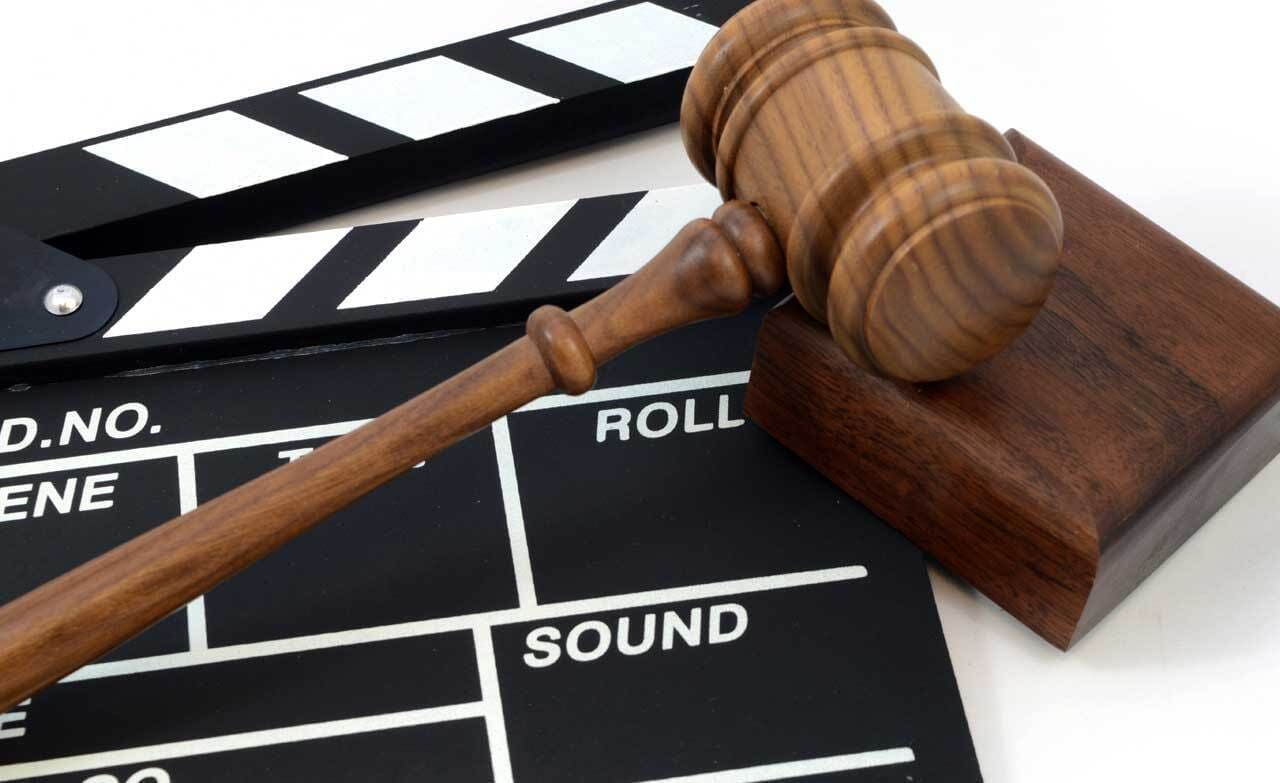The role of intellectual property legislation (IP) in protecting intangible creations cannot be overemphasized.

Introduction
The role of intellectual property legislation (IP) in protecting intangible creations cannot be overemphasized. It continues to aid the creative economy, spurring creativity and improving innovation, leading some to argue that intellectual property forms a core part of economic growth and prosperity. Considering the continuous evolution of the frontiers of science and technology and their applicability, we find that the coverage of IP continues to expand; for example, this is clear from the global popularity and adoption of Digital Assets, which arguably have several IP connotations to them.
Notwithstanding the above, one can also argue that in addition to that mentioned above, the rapid rate of globalization, alongside the continual seamless and genuinely global economy, also promotes the creation and increased adoption of digital assets, albeit with exploitable loopholes. Here, we examine digital assets regarding Non-Fungible Tokens (NFTs) and their protection from potential infringement.
WHAT ARE DIGITAL ASSETS?
Digital assets are described as electronic files of data that can be owned and transferred by individuals and used as a currency to make transactions or as a way of storing intangible content, such as computerized artworks, videos or contract documents.[1] Essentially, they are digital or electronic formats of data. An examination of the digital assets space will show the most popular forms of digital assets to be cryptocurrencies,[2] And Non-Fungible Tokens (NFTs), both of which leverage blockchain technology.
Cryptocurrency has been referred to as decentralized digital money based on blockchain technology.[3] Non-Fungible Tokens, on the other hand, are cryptographic assets on a blockchain with unique identification codes and metadata that distinguish them from each other.[4]
INTELLECTUAL PROPERTY AND DIGITAL ASSETS: THE INTERSECTION
As earlier stated, coverage of IP continues to expand; the adoption of Digital Assets, which arguably have several IP connotations, is a clear indication of this. For example, concerning cryptocurrency, two primary forms of IP rights are arguably protected thereunder to wit: Patents and Trademarks. For patent rights hereunder, the developers of specific cryptocurrencies may lay claim to any inventive aspect created via the inventive step taken to provide the other requirements for patents are met, i.e. novelty and industrial application.
Furthermore, one can argue that the existence of several cryptocurrencies begs the need to identify the origin, hence the intersection between Trademarks and cryptocurrency. Cryptocurrency developers adopt unique marks, logos, signs, names, and symbols as registered trademarks to distinguish themselves from their contemporaries. This establishes origin and protects them from wrongful passing off and exploitation of their goodwill built in respect of the said currency, an act of infringement against which they can lay claim by suing for Trademark infringement.
NFTs, on the other hand, have a different IP connotation. Here, the predominant IP right in play is Copyright; however, Trademarks and Industrial Designs remain almost as relevant.
Copyright and NFTs
While research shows that NTFs predominantly concern themselves with existing artworks, artworks with copyrights vested in their authors, it is essential to note that NFTs could apply to things other than Art. For example, it could apply to other multimedia assets like Music, Videos, and real estate for the transfer of title deeds. Also, NFTs are used in the medical sector to store medical records in the international trade and supply chain by attaching an immutable digital stamp to products for verification purposes or tracking products through the supply chain process, etc. Essentially, it applies to anything unique that can be stored in a digital form and arguably holds value. Notwithstanding, the application of NFTs as a tool for exploring modern-day Art appears to get more of the mainstream buzz making Copyright a vital IP consideration in this regard.
Mainly, Copyright protects any original work of Art in a fixed medium; thus, the representation of a traditional artwork via an NFT begs the questions that need answering: Is Copyright created separately in the NFT? And if yes, does the owner of the conventional artwork transcribed into an NFT have any claim in Copyright to the NFT? Furthermore, is the said NFT minted then purchased by initial and subsequent buyers via a trading platform? The above question underpins the basis of several misconceptions in the NFT space, as we will show below.
Some misconceptions about NFTs
There is a common misconception concerning the rights acquired upon the purchase of an NFT to wit: the assumption by buyers that they receive the underlying work of Art and all its accompanying rights. However, this is not correct; instead, what the buyer purchases are the metadata associated with the minted NFT, as transaction surrounding NFTs do not usually involve a transfer of exclusive rights in the primary Art.
A clear example of this conundrum is the CryptoPunk dilemma. Larva Labs, which is arguably one of the most well-known NFT creators and the creators of the most traded NFT in the world, the CryptoPunk (V1) issued a Digital Millennium Copyright Act (DMCA) notice – (i.e. a takedown notice usually given by copyright holders) on the ground that it no longer wants it to be traded as they may affect the V2 series recently developed. The Holders of the original V1 CryptoPunk NFTs have now filed a counter DMCA notice to this. This matter is still ongoing.
The core question above will be who owns Copyright in the NFT or whether Copyright is automatically transferred upon purchase of the NFT. In the UK, for example, the transfer of Copyright under the
Copyright Designs and Patents Act 1988 (CDPA) requires a copyright assignment “in writing signed by or on behalf of the assignor”.[5] A similar provision is contained in Section 11 (3) of the Nigerian Copyright Act.
Because of this, it may not be easy to assess the legal formalities needed to transfer the Copyright of NFTs because the buying, holding and selling of these digital assets takes place via a non-physical process and, as such, are carried out via blockchain.[6]Which is a digitally distributed, decentralized, public ledger that facilitates the process of recording transactions online.[7] It cannot be plausible or reasonable to conclude that there is an automatic assignment of copyrights in the NFTs to the buyers or from the owner of the work of Art to the NFT minter except, of course, where the case is that the owner of the artwork and the NFT minter is the same person. At best, an arguable right to be deduced from the NFT transaction, i.e. the sale to the buyer over the respective platform, may be the allowance of a non-exclusive license considering that this can legally be inferred from the conduct of the owner of the Copyright as seen in section 11 (4) of the Nigerian Copyright Act.
Trademarks and NFTs
We find that during minting NFTs, certain established brands might launch artistic forms of existing products with their trademark. Similarly, certain artists create NFTs with the marks of popular brands causing some to claim against such NFTs. For example, there is an ongoing case of trademark infringement between Nike and StockX, wherein Nike sued StockX for creating NFTs that are graphical replication of Nike Sneakers.[8] StockX, on the other hand, claims that the NFTs are only a means of authenticating the original shoes. Another example is the Trademark Infringement case of Hermès International, Et Al. v. Mason Rothschild[9] in January 2022. Here, the French luxury designer fashion house sued Mason Rothschild, an NFT digital artist, for Trademark infringement, the latter having created, minted and sold “METABIRKINS” as NFTs, which is a digital interpretation of Hermès’ high-end Birkin handbag without authorization. Hermès argue that by making the collection of METABIRKINS NFTs and by using BIRKIN as part of its trade name, Rothschild has “simply ripped off its famous BIRKIN trade mark by adding the generic ‘meta’ to the famous trade mark BIRKIN, which simply means BIRKINS in the metaverse” and has falsely created an impression that the goods sold by Rothschild are authorized, sponsored, or approved by Hermes when in fact, they are not. [10].
On the other hand, Rothschild argued that his MetaBirkins are artworks that provide commentary “on the animal cruelty inherent in Hermès’ manufacture of its ultra-expensive leather handbags.” Implying that the NFTs are not actual handbags and his MetaBirkins are not commercialized assets in the first instance, but Rothschild’s speech, Art, and expression, all of which all enjoy protection, are what made the NFTs commercialized. Rothschild also relies on the precedent outlined in Rogers v. Grimaldi, which permits the use of trademarks in artistic works provided that the trademark has no artistic relevance or otherwise overtly creates a false designation of origin. He also cites Dastar Corp. v. Twentieth Century Fox Film Corp., which holds that only tangible, physical goods are actionable under the Lanham Act.[11] A decision, in this case, has not been reached as the case is still ongoing at the United States District Court, SD. New York. Nevertheless, this clearly shows the interplay between NFTs and trademarks.
Industrial Design and NFTs
It is expected that industrial designs that have been registered and possess distinctive features will be protected from replication in any form without the holder’s knowledge. This reasoning is premised on the fact that certain products have designs that distinguish them even without trademarks. For instance, mischievous people might take advantage of popular designs and make them into NFTs without using the trademark of the copied product. A claim that such individuals might want to rely on as defence.
INFRINGEMENT AND JURISDICTION IN NIGERIA
To establish infringement, three requirements must be met. First, the infringer must have taken advantage of one of the author’s exclusive rights without authorization. Second, there will be a causal connection between the NFT and the original artwork; in other words, the potentially infringing work has to have been created directly from the original. And third, the work, or a substantial part of it, will have been copied.[12] S. 251 (1) (f) of the constitution of the federal republic of Nigeria provides that the Federal High Court has jurisdiction over matters arising in Copyright, patent, designs, trademarks and passing-off, and industrial designs. This is further affirmed by S. 7 of the Federal High Court Act and s. 46 of the Copyright Act, S. 67 of the Trademarks Act and s. 32 of the Nigerian Patents and Designs Act.
However, the protection of IP in NFTs in Nigerian Courts may face some challenges and not be popular because IP remains jurisdictional and most minting and selling still go on via foreign NTF platforms, predominantly “OpenSea”. Thus, IP infringement and protection procedures are covered by the laws applicable to the foreign planforms making it challenging to initiate protection proceedings in Nigeria. Nevertheless, there are upcoming NFT marketplaces such as “Ayoken”, which just secured funding of about $1.4m to expand its operations and develop its team in Nigeria to handle local-based NFT transactions. With this in view, there is a more straightforward pathway to enforcing IP rights attached to NFTs in Nigeria following an infringement.
CONCLUSION
While the growth of the digital assets is expected to cause something close to a seismic shift in the global IP regime, a lot remains unclear. More so, there are few disputes concerning IP rights over digital assets, further delaying the pace at which necessary clarification emerges. Nevertheless, the importance of acknowledging the intersection between IP and Digital Assets remains clear and unwavering; a relationship will only continue to deepen as time goes by and the world becomes less centralized.
References
[1] Matthew Vincent, ‘What are Digital Assets?’ (October 2021) <ttps://www.ft.com/content/2691366f-d381-40cd-a769-6559779151c2> (accessed 12th April 2022).
[2] Cryptocurrency includes Bitcoin and stablecoins.
[3]Kate Ashford, and John Schmidt, ‘What is Cryptocurrency?’ <https://www.forbes.com/advisor/investing/cryptocurrency/what-is-cryptocurrency/> (accessed 12th April 2022)
[4] Rakesh Sharma, ’Non-Fungible Token (NFT) Definition’ <https://www.investopedia.com/non-fungible-tokens-nft-5115211> (accessed 12th April).
[5] Andres Guadamuz. (2021 December). Non-fungible tokens (NFTs) and copyrights. Retrieved from https://www.wipo.int/wipo_magazine/en/2021/04/article_0007.html
[6] Ibid 1.
[7] Sam, ‘Blockchains meaning: What exactly are Blockchain Currencies?’ (March 2022) <https://www.marca.com/en/technology/2022/03/05/62237556268e3e8b308b45ec.html> (accessed 12th April 2022).
[8] Blake Brittain, ‘StockX strikes back at Nike in lawsuit’ (31st March 2022), https://www.reuters.com/legal/litigation/stockx-strikes-back-nike-nft-lawsuit-2022-03-31/ (accessed 12th April)
[9] “Hermes International, et al., Plaintiffs, v. Mason Rothschild, Defendant” Hermes Int’l v. Rothschild, 22-cv-384 (AJN), (SDNY 10th February 2022)
[10] NFTs and Trademark matters in the Metaverse – Arian F. Jabbary and Robert S. Weisbein of Foley & Lardner LLP
[11] NFTs and Trademark matters in the Metaverse – Arian F. Jabbary and Robert S. Weisbein of Foley & Lardner LLP
[12] World economic forum: what do you actually own when you buy NFTs? (n.d). Retrieved from https://www.weforum.org/agenda/2022/02/non-fungible-tokens-nfts-and-copyright/
Written by:
Nosa John Graham Garrick LLM (Durham, UK)
Managing Partner, F.A. Garrick & Co






